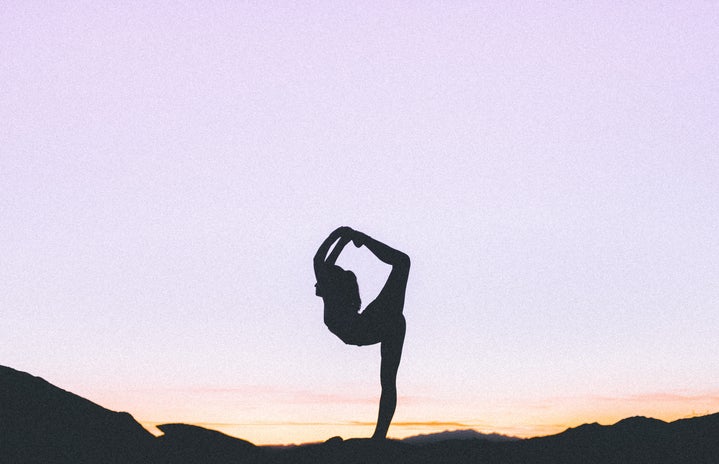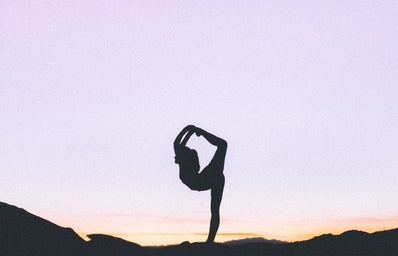It’s two o’clock in the afternoon. You are in your room, at your desk, reading that disgustingly expensive textbook for that 8 a.m. class you hate. Your eyes are feeling heavy, and your upper body is slumping forward – your textbook begins to look more and more like a pillow (at least you can get some practical use out of it). Your bed is right there, oozing with comfiness, calling your name. Go for it.
Power naps are proven to improve almost every aspect of your life. Students have varied schedules that do not always allow for the recommended eight hours of sleep per night. Short, midday naps enhance focus, performance, memory, as well as mental and physical health. For college students, these small energy boosts can positively impact all of your activities.
Whether you are a soccer star or sorority president, the desire to perform well and do your best is a standard across the board. Lack of sleep leads to drowsiness and irritability – this creates a moody monster your team or sorority is not eager to work with. Tiredness also makes you prone to mistakes. Students striving for good grades have little room for errors when it comes to exams, labs, papers, and class discussions. Napping reinforces your memory, which is crucial to acing all of your classes.
The art of power napping is extremely simple. Make sure to not nap too late in the afternoon; it will throw off your sleep cycle, making it harder to fall asleep at night. Find a dark, comfortable space to rest. Busy schedules and large campuses (like UMass!) make it difficult to squeeze in enough time to head back to your room. Plan ahead to make time for your nap, or text a friend who is close by and doesn’t mind lending a bed. Make absolutely sure to set your alarm, as this is the only way for the power nap to truly work.
Naps lasting more than 30 minutes will most likely leave you with less energy than before. The point of a power nap is to refresh and reenergize. If you have taken a basic Psych 100 class, you know that it is difficult to wake up once you’ve entered the dream sleep stage of Rapid Eye Movement. Waking up in the middle of REM, which most often occurs after 20-30 minutes of sleep, can leave you feeling drowsier, moodier and less focused than before you laid down.
The National Sleep Foundation explains the difference between planned naps, emergency naps, and habitual naps. Planned naps are best for when you know you are going to have a late night. Many jobs, such as the UMass residence hall security monitors, work as late as 3 a.m. on weekend nights! Napping before these late shifts can help them do their job successfully. Emergency naps occur when a person feels so drowsy that they cannot carry on with whatever task they are performing. If you find you are falling asleep in class – you are likely in dire need of an emergency nap. Those lucky people who can fit a small snooze at the same time each day are taking what’s known as a habitual nap.
So you are thinking, “I’ll just drink a cup of coffee instead.” WRONG. Coffee does not give you the same amount of energy as a nap. However, if you are a caffeine addict as many of us are, try the caffeine power nap. Drink a cup of coffee before you lie down – the caffeine will have the time it needs to kick in, and you will wake up feeling extra energized!
Besides boosting energy and performance, regular naps have been shown in studies to improve heart health, weight loss and creativity, as well as decrease levels of stress. If you still stigmatize naps as lazy, keep in mind the famous figures such as da Vinci, Napoleon, Edison and Churchill, who were all habitual nappers. So what are you waiting for? Go conquer the world – after your power nap.
Sources
http://www.sleepfoundation.org/article/sleep-topics/napping
http://michaelhyatt.com/why-you-should-take-a-nap-every-day.html
http://www.webmd.com/balance/features/the-secret-and-surprising-power-of-naps

